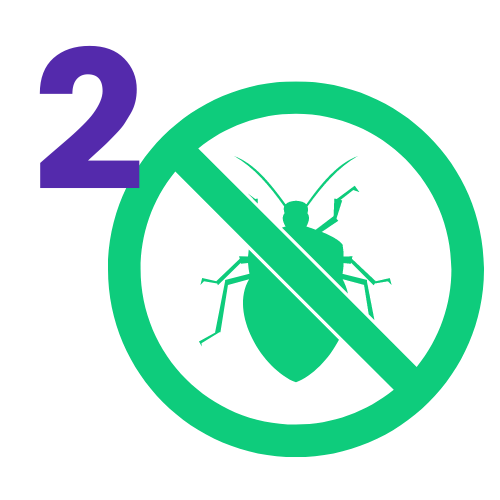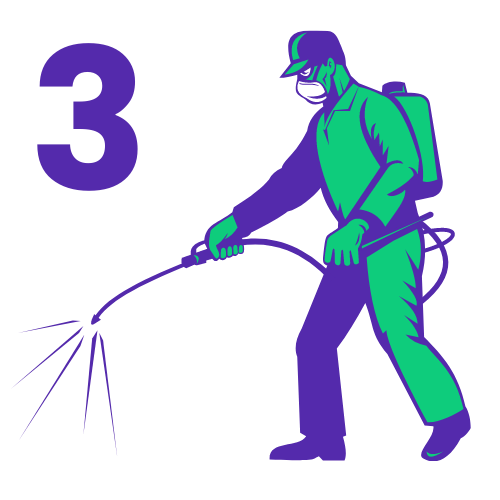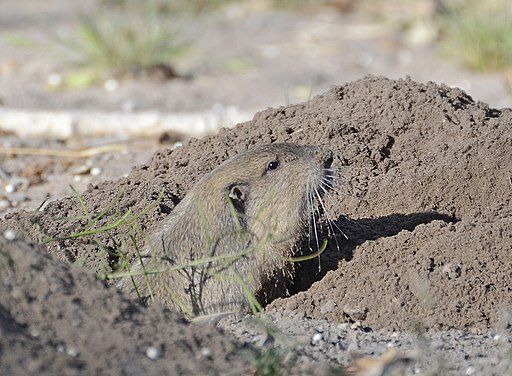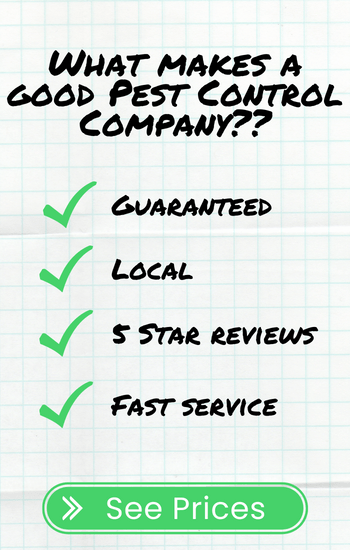Gopher Control in Boise and Surrounding Areas
Gophers in Idaho
Here in Idaho we have gophers, and lots of them. They are known as Pocket Gophers, named because of their large cheek pouches. Their cheek pouches are used for transporting bits of plant food that they gather while foraging underground. They have front claws that use to move large amounts of dirt as they dig their tunnels. They have small eyes and ears, and have medium sized bodies, usually about 5 to 14 inches in length.

Inspect
Every area and every property is different, and will attract different rodent species. We will get info from the homeowner and if necessary, inspect your property so we know the potential pests to be aware of. You know your property much better than we do, so we will ask questions to ascertain what pests are present.

Plan
Once we understand what we're up against, we will customize treatment products and methods to make the best pest control plan of attack for your home and property. Homeowners often call after weeks or months of trying to battle on their own - this is usually due to misidentification.

Treat
We will find out the extent of the gopher damage and decide our plan of attack. We have found success in using bait to get rid of gophers, so we will communicate what needs to happen as you monitor the situation after the treatment is complete.
Gophers Can Ruin More Than Just Yards
While these little digging maniacs can completely destroy yards very quickly, they can also be a complete menace for those who have livestock or acreage. Cattle, horses, goats, and other farm animals can step in their holes and get injured.
Whether you live out in the country or in a subdivision, it seems like you're never safe from a gopher infestation. They could come from neighbor's yards, from the open land on the outskirts, or from the farm fields surrounding all sides of the Treasure Valley.
If your Boise home is being invaded by gophers, we can help. The first thing that needs to be determined is if they are in fact gophers. We have field mice, also known as voles, here in the Boise area that are sometimes mistaken for gophers. Pocket Gophers leave a pile of dirt at the entrance to their tunnel, which is different from other rodents that leave the mouth of the hole open. The treatment method will differ depending on which species we are dealing with.
After the service, it is important to continue communicating with us. For bigger infestations we will schedule a follow up appointment to come back, however in many cases we will simply rely on you to let us know if more holes appear.


